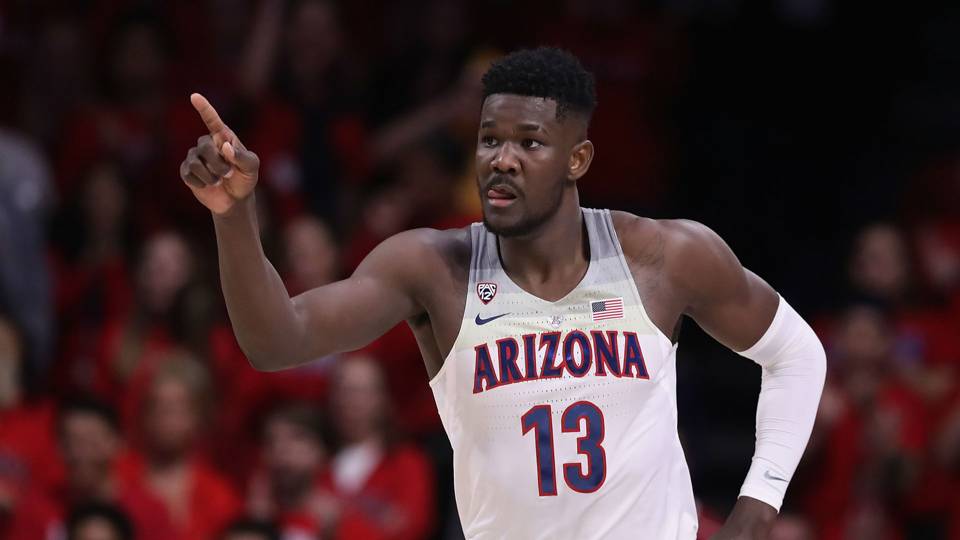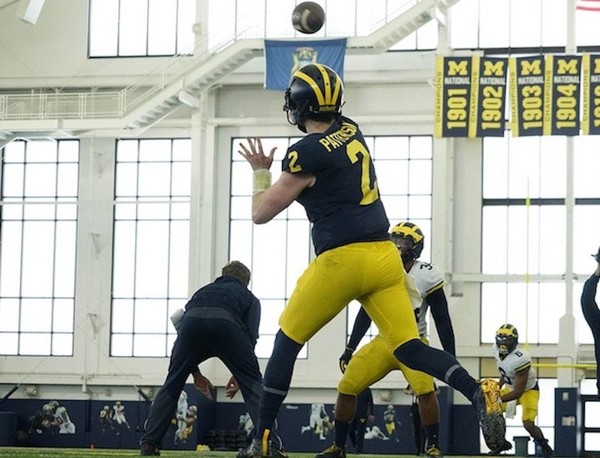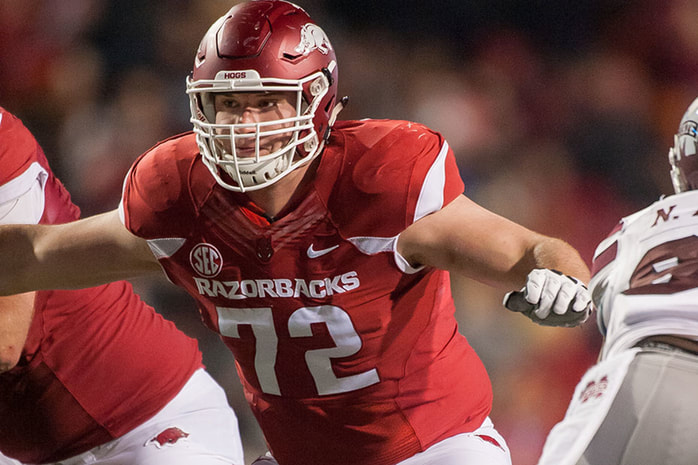The flood gates opened for Ohio State in the bottom of the third. With one out and none on, Ohio State DH Dominic Canzone hit a double along the left foul line, followed by a Kobie Foppe single that put runners on the corners for the Buckeyes. Next at bat was Tyler Cowles, who doubled deep into left field, advancing Canzone to home and Foppe to third. Noah McGowan followed Cowles with a single that brought Foppe home and allowed Cowles to advance to third. Just as the damage was seeming to get out of hand, Michigan pitcher Ben Dragani participated in two putouts to end the inning. Dragani quickly fielded a bunt headed toward the mound and threw it to home quick enough that Harrison Salter easily tagged the runner. In the next at bat, Dragani picked a flyball out of the air to end the inning, only after two Ohio State runs were put on the scoreboard.
Michigan’s offense came to life when Harrison Slater, a .243 batter, sent the first pitch of the fifth inning to the warning track and jogged to second base standing up. This gave the Wolverines a man in scoring position as the top of the line up came up to bat with no outs. Dominic Clementi skipped a single over second base to set up runners on the corners for Jonathan Engelmann, who flew out deep in to center field, allowing Salter to jog home for Michigan’s first run of the day. The rest of Michigan’s lineup was unable to tack any more runs on to what may have been their best opportunity of the day.
Ohio State recaptured a two run lead when Bo Coolen bounced the first pitch of the bottom of the sixth off the yellow line lining the top of the right field wall. Dillon Dingler was next at bat, and sent a pitch to the warning track, which led to Jayce Vancena coming in relief for Jack Weisenburger, whose only hit allowed was the home run. Vancena would not record an out. Vancena walked his first batter and then allowed a Dominic Canzone single into left field, which put runners on the corners for the Buckeyes with one out. Next up was Kobie Foppe, who singled to left as well, bringing one runner home and advancing Canzone to third, with still only one out in the inning. Angelo Smith came in at pitcher to end Vancena’s day. With runner on the corners and one out, again, Tyler Cowles sent a fly ball deep to left field and advanced Kobie Foppe to home before Angelo Smith ended the inning after. Ohio State had scored its final runs of the night, taking a 5-1 lead.
Michigan scored two more runs in the eighth to keep the game interesting for all nine innings, but by the end of the sixth it sure seemed apparent that Michigan’s season was over. A team who lost to an NAIA opponent earlier in the year and whose best win is Iowa will have a hard time appeasing the selection committee. RPI isn’t favorable for the Wolverines either, as they entered this game at 56th and will only be moving downward. The Wolverines recovered from a truly awful start of the season, but it looks like this is the end of the road.



 RSS Feed
RSS Feed
